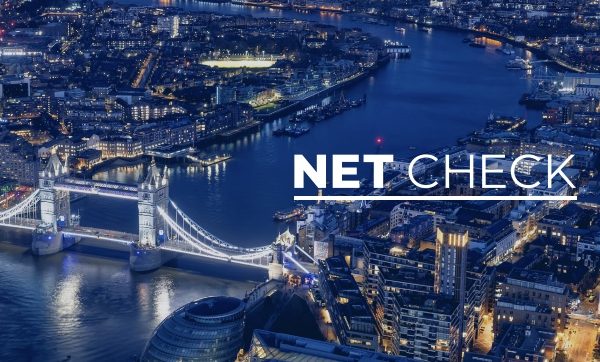Global leader in network intelligence and connectivity insights, Ookla have revealed via their Speedtest.net platform that 5G based mobile broadband download speeds have fallen over the past year in most UK regions.
However, despite this fall in 5G download speeds, the overall data speeds for both 4G and 5G have increased.
Speedtest.net from Ookla is a popular testing service for broadband and mobile network performance. This latest research is based on data collected between the second quarter of 2022 and 2023.
It found that overall, users have seen a mild increase in their download speed in 10 out of 12 UK regions, across all types of mobile broadband combined.
The highest increase was by 23.4% in the North East, with the lowest increase being in the Yorkshire and Humberside region at 3.9%. (There were a couple of exceptions where the changes were too small to be of note in the South West and Northern Ireland).
5G Download Speeds Show Statistically Significant Decline
When the study looked at just the data for 5G download speeds, it became apparent that 9 out of 12 UK regions had users with a statistically significant decline.
3 of these regions experienced a decline of more than 20% in 5G download speeds with another region closely behind:
- Northern Ireland – 21.65%
- East Midlands – 21%
- South East – 20.7%
- Yorkshire and Humber – 17.8%
What Can Cause a Decline in 5G Download Speeds?
Typically, we might see a decline like this due to a combination of network maturity and rising customer take-up. Over time, this can cause network congestion, putting pressure on capacity.
Thankfully, we can combat these issues with technological advances. For example, Ofcom’s future plans are to release more 5G spectrum. We can also benefit from the evolution of 5G technology, such as Standalone 5G. Future improvements like this will help with issues causing declining 5G download speeds.
How Much Time Do People Spend With an Active 4G/5G Connection?
Ookla research has also found that the proportion of time users spent with an active 4G/5G connection has increased. With the improvements we’ve seen recently with coverage, coupled with the gradual shutdown of 3G (with 2G to follow).
The biggest increase of time spent actively connected to 4G/5G was in Wales (a rise of 4.5%). The smallest increase was 2.4% which was in Yorkshire and Humber.
Time Spent With Active 5G Connection Also on the Rise
Unsurprisingly, the time users spend with an active 5G connection is also increasing with 5G availability on the rise.
London – 4% increase (The largest increase of 5G availability)
East Midlands – 3.2%
Eastern – 3%
Wales – 2%
As we already mentioned, this increase in the availability of 5G could explain the decline in 5G download speeds. This is because there are more users than before all trying to use the same data and spectrum capacity.
However, some regions didn’t see a statistically significant change:
- Scotland
- Northern Ireland
- North East
- South West
- West Midlands
Which networks were people connected to 4G/5G most?
The data can be further analysed for each network.
EE – 97.2% (an increase of 2.7% over the last year)
Three – 94% (a larger increase from 85.2% which was the largest of all operators)
Vodafone – 93.2% (an increase of 5%)
O2 – 90.1% (increased from 86.8%)
Which network are you on? Have you noticed any changes with 4G or 5G download speeds in your region?



